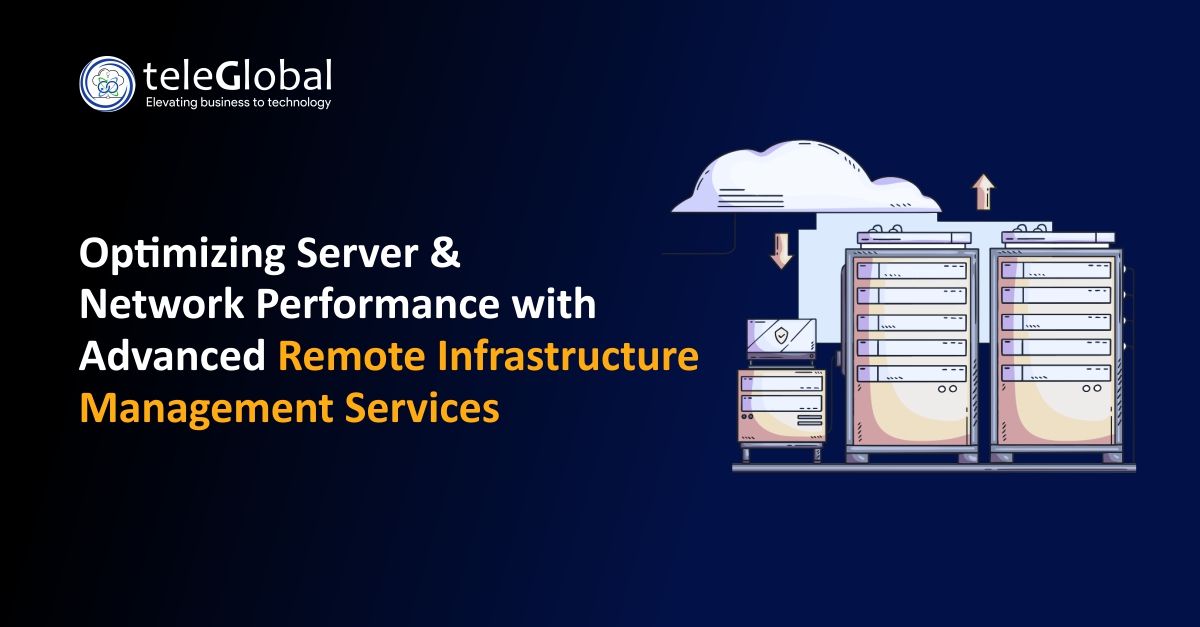
The ongoing digital revolution has completely disrupted the world. The growing maturity of customers for whom digital has become a way of life is forcing all businesses to adapt and up their game. In order to deliver to the evolving expectations of these connected customers, banks can no longer think of themselves as merely financial organizations. The most successful ones, in the days to come, will be those that can innovate tech-forward products and services that cater to this segment of customers. This means that in order to be successful banks must transform themselves to become technology-first organizations rather than merely financial businesses. Against this backdrop, containers in general, and Kubernetes in particular are becoming key to delivering to customer needs—at speed and scale.
Containers were designed to allow applications to be decoupled from the traditional monolithic structure from whence they were formerly run. This decoupling makes it easy to instal container-based apps, be it in a public cloud or private. Containerization enables speedy development, efficient deployment and operation at a never-before scale.
Using the open-source Kubernetes platform, Google has packaged containers, so everyone’s can benefit from container innovation—especially banks
Advantage: Kubernetes?
To meet changing customer demands banks need to employ real time customization, real-time scalability and immediate—even pre-emptive—response to security challenges. There is simply no way for a bank operating in a traditional on-premises environment to satisfy these customer demands.
In such a scenario, containers are the ideal solution, as they are secure—since applications and data are confined within a workload and not routinely visible. As such, they cannot impact other containers, and thereby the functioning of the larger application. But since such an ecosystem spreads containers across several cloud platforms, containers are not easy to track individually or manage. The answer to this is: container orchestration. And the gold standard for container orchestration is Kubernetes, which enables hassle-free organization, deployment, and scalability.
Flexibility and scalability
Kubernetes’ orchestration provides significant flexibility to a bank’s cloud environment, regardless of whether it is in a public cloud, private cloud, or hybrid. And it doesn’t matter what type of specialization the bank is engaged in—i.e. retail-bank, commercial-bank or investment-bank. Kubernetes effortlessly runs tasks on the cloud (public, private or hybrid). allowing teams to create new workloads and applications and replace existing ones.
Successful deployment of Kubernetes allows banks develop, deploy, and manage their cloud applications, delivering agility and reliability be it in the cloud or an on-premises environment.
Three best practices for banks migrating to the cloud
There are three three best practices that banks of all types—retail, investment or commercial—should follow when migrating to the cloud, they are rehosting, refactoring and replatforming.
Rehosting
Rehosting allows a bank to move a web service or an application to a Kubernetes environment without changing the applications in any way This a a much faster migration process, and it uses far fewer resources than one that doesn’t utilize the Kubernetes cloud environment. Without applying rehosting, banks would miss out on the flexibility Kubernetes offers.
Refactoring
When migrating to Kubernetes using refactoring, the bank needs to modify the entire application and services that support the application, to suit the new environment. This means re-architecting the entire application. For example, using cloud frameworks such as AWS Lambda or Kubeless, which are designed for working with Kubernetes.
Replatforming
When replatforming, banks can make changes to the application instead of migrating the entire app to Kubernetes. Since replatforming involves the breaking down of services and functions into separate pods and containers, the same application can be run with different configurations.
Replatforming is more time-intensive than rehosting, as adapting applications to a container-based cloud environment is not a straightforward process. But the process can be streamlines and simplified using a local Kubernetes cluster. In other words, the application can continue running in a compartmentalized version while work is being completed.
Once the updated version is ready, migrating to a cloud cluster, for instance Amazon Web Services (AWS), is much easier.
Need more support with your migration. Leverage Teleglobal’s status as a trusted partner to AWS, Azure and GCP to effect a painless and cost-efficient migration. Reach out to our team to schedule a no-commitment presentation.







































